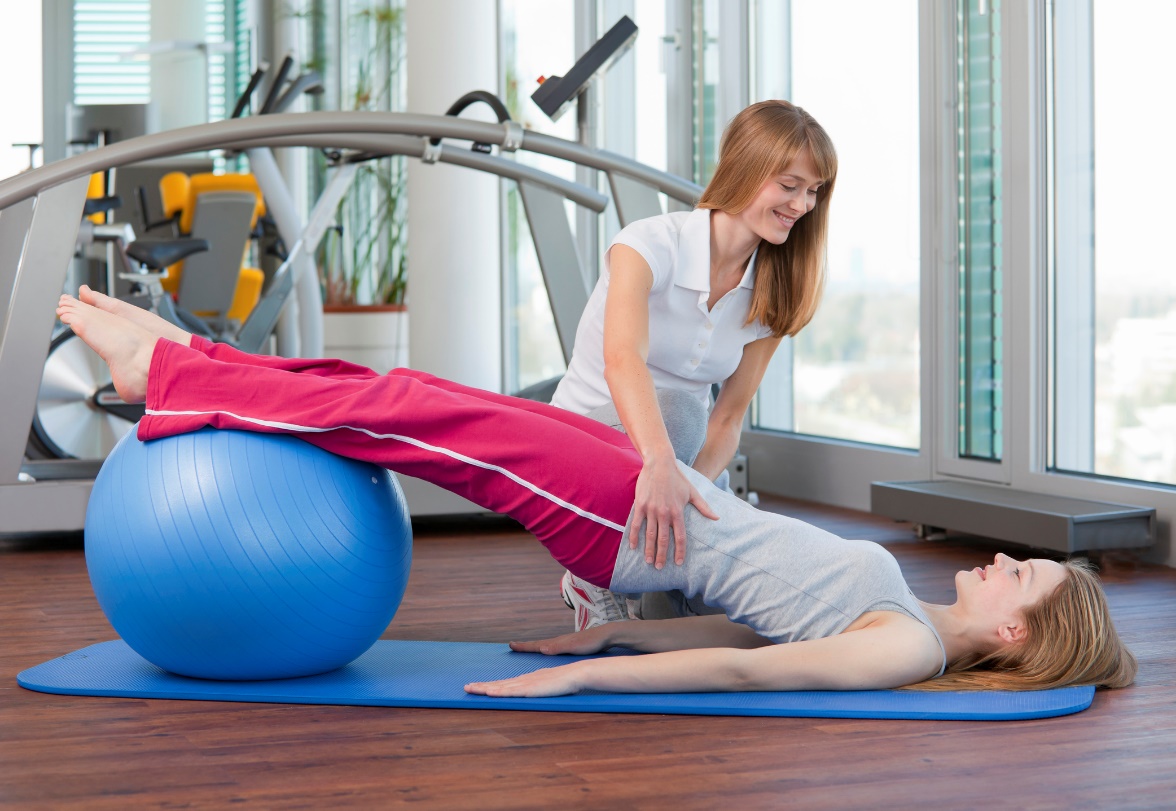Treatment options for postpartum abdominal diastasis
Treatment of postpartum diastasis is primarily divided into conservative and surgical.
Surgical treatment (abdominoplasty)
Surgical intervention, called abdominoplasty, is used primarily in women after childbirth for whom conservative treatment has not had the desired therapeutic effect.
In some cases where the width of the abdominal wall spacing is too wide or the linea alba has ruptured, surgery is indicated immediately.
In a short surgical procedure, the stretched abdominal muscles are shortened, returned to their original position and appropriately sutured. From an aesthetic point of view, it is also possible to remove the overhanging skin in the umbilicus as part of the diastasis of the abdomen.
Abdominoplasty is performed under general anaesthesia. The procedure takes between 1 and 3 hours individually. Postoperative rest is required for at least 1 week after surgery and full physical activity is possible after approximately 6 weeks.
Certain movement restrictions and recommendations are an integral part of the postoperative treatment. The basis of postoperative bed rest is an initial roll onto the side followed by a smooth sitting position.
It is recommended to avoid rocking movements of the sit-lie type (abdominal muscles). After the procedure, a scar will form and should be cared for. If sneezing or coughing in the early postoperative period, the abdominal scar should be held.
The most common reason for undergoing abdominoplasty is diastasis of the abdomen in women in the late postpartum period. The procedure is recommended after 1 year postpartum. However, this procedure should be considered and discussed with your doctor.
In the case of a planned subsequent pregnancy, all the benefits and risks should be weighed, as pregnancy and childbirth can return the abdominal muscles to spacing - diastasis.
Conservative treatment (postpartum rehabilitation)
Physiotherapy in gynaecology and obstetrics includes postnatal rehabilitation. Its aim is to return a woman to normal life as soon as possible and physiologically after childbirth. It deals with the condition of the musculoskeletal system.
One of the most common gynecological diagnoses in physiotherapy is diastasis of the abdomen after childbirth.
Therapy of postpartum abdominal diastasis is based mainly on active kinesiotherapy (movement therapy - exercise), which the patient performs both in the rehabilitation clinic and in the home environment.
The exercises are aimed at strengthening the abdominal muscles, activating the pelvic floor and eliminating muscle imbalances in the pelvic and back area.
Rehabilitation aids such as a fitball, overball or bosu exercise ball are used in the exercises. However, they are not a prerequisite for home exercises.
In addition to correcting local movement imbalances, the physiotherapist also uses elements of specialised methods.
The most common methods are the Ludmila Mojžíšová method, Pavel Kolář's dynamic-neuromuscular stabilisation or Arnold Kegel's specific kinesiotherapy. The rehabilitation also includes care for the scar after a caesarean section.
The therapy is enriched with kinesiotaping, the gluing of functional therapeutic tapes on the patient's skin, which either fix and stabilize the area or, on the contrary, relax and loosen the muscles.
The aim of postpartum rehabilitation is:
- Strengthening the abdominal muscles
- Strengthening the mid-body "core".
- Activation and strengthening of the pelvic floor
- Relaxation of the muscles of the lumbar spine
- Activation of the deep stabilization system
- Teaching diaphragmatic breathing
- Strengthening the gluteal muscles
- Elimination of pelvic imbalances
- Ergonomics of the body and movement











